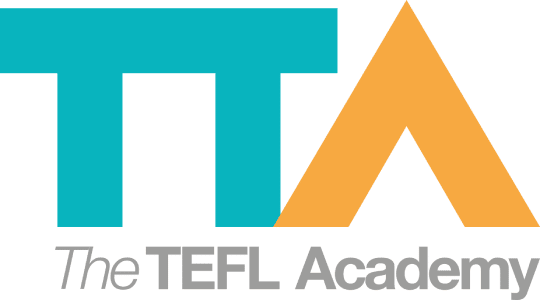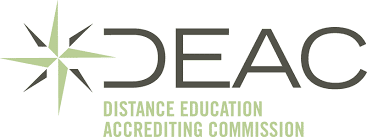How To Teach Used To
Join a global community of over 200,000 TEFL teachers working throughout the world! Enrol me!
In any EFL classroom around the world, you will find EFL students who don’t like learning English grammar. This is not surprising considering that the history of EFL teaching shows us that learning grammar is boring. However, this should not be the case. Grammar is an important part of learning any language and keeping your students interested in these lessons should be a priority. Luckily, there are numerous grammatical structures which lend themselves to fun lessons, and used to is one of those.
Used to can be described loosely as the past equivalent of usually. In other words, while usually is used to describe a current habit, used to does the same for a past habit. It can also be used to describe past states which are no longer true.
I used to drink coffee every morning, but not I usually drink tea.
I used to have short hair, but now it’s long.
If we focus on this meaning, it should be quite clear how this can be translated into a fun, engaging EFL lesson. Change is a topic which can be applied directly to your EFL students and so will be relevant and appropriate. It can also be a very interesting way to find out more about your EFL students. So let’s look at a sample lesson to help your students learn how to use used to.
Warmer
Find some photos of celebrities when they were young. Put the photos on the board and ask the students to guess who they are – try find some obvious ones but also some celebrities who have changed a lot. Let them discuss how they have changed. At this stage your students probably won’t be using used to – let them use whatever language they have at their disposal.
Now show some photos of yourself when you were very young. If you don’t have photos you can use a spoken anecdote. Describe what you looked like and your habits when you were much younger, using used to.
Language focus
Once you have completed your description, elicit a few sentences from your description and board them. These sentences should be the ones which utilised the used to structure and include a positive and negative statement. Even though at this stage your students might not be able to accurately remember the structure, get them thinking about it and trying to remember exactly what you said. Once on the board, elicit from your students the different forms of the structure.
Language practice
Refer back to the celebrities and let the students discuss how they have changed, now paying attention to using the structure. Make sure they are using it correctly.
Personalisation
Now students can talk to each other about themselves, describing themselves when they were young and discussing how they were different. Your description of yourself at the beginning of the lesson will act as a model, so they will know exactly what to do and the language focus will mean they will now have the language to be able to do it accurately.
Provide a purpose to the discussions by getting the students to find out who has changed the most and who has changed the least since they were young.
By following this lesson plan, you’ll be providing your students with a relevant context in which to discover this language structure and use it accurately and appropriately.
Accreditation & Quality Assurance
The TEFL Academy was the world’s first TEFL course provider to receive official recognition from government regulated awarding bodies in both the USA and UK. This means when you graduate you’ll hold a globally recognised Level 3 (120hr) Certificate or Level 5 (168hr) Diploma, meaning you can find work anywhere and apply for jobs immediately.
 United Kingdom
UK
United Kingdom
UK












